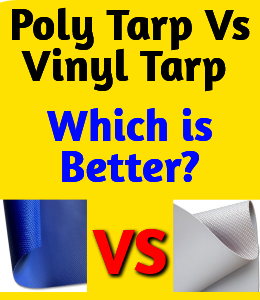Overview Today’s article will compare poly tarps with vinyl tarps and provide some key differences in how the materials are designed, as well as their pricing ranges and usage. Polye and vinyl fabrics are two popular materials that have unique characteristics. It is important to understand the differences between poly and vinyl fabric in order […]
Read More
